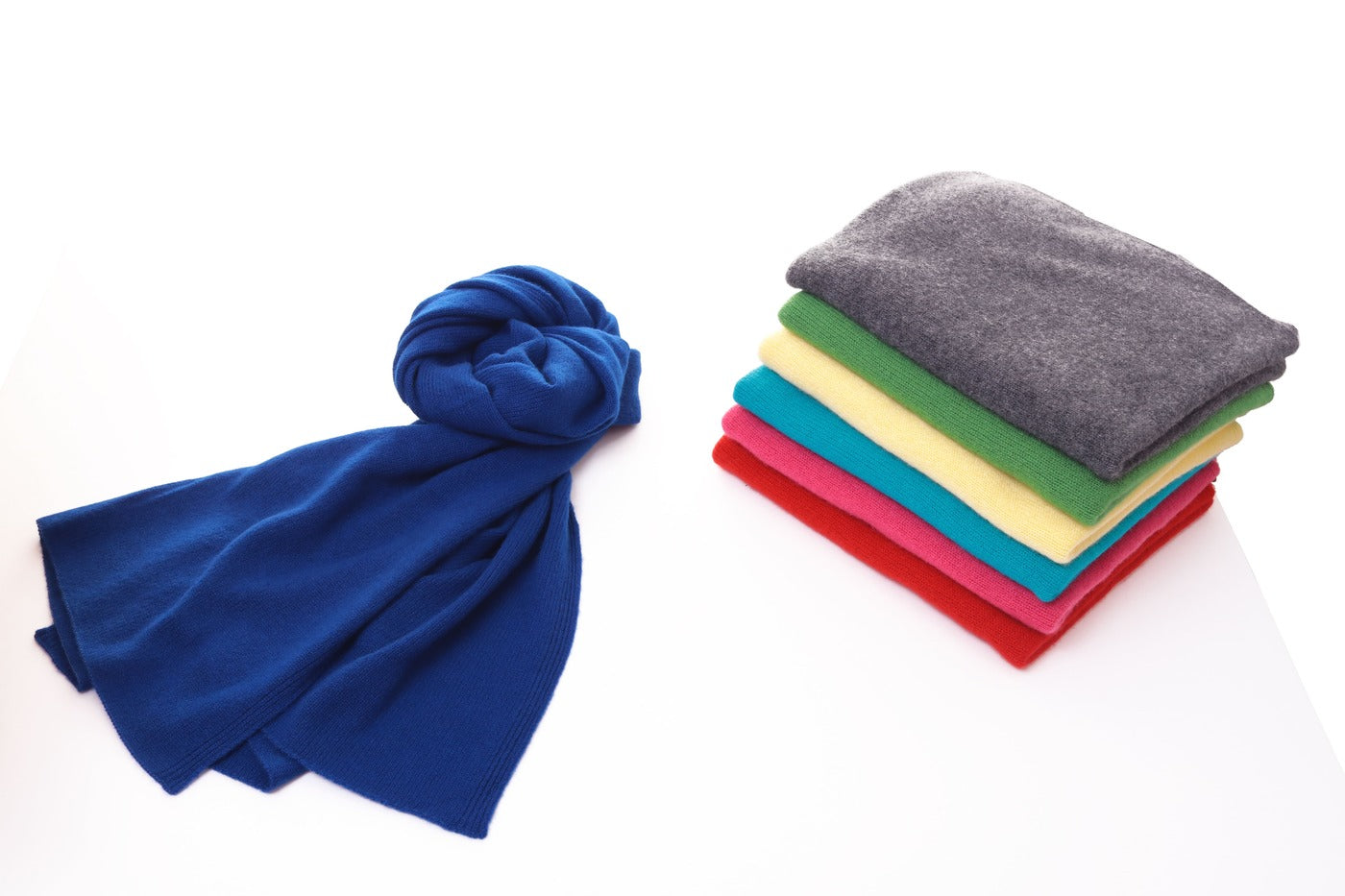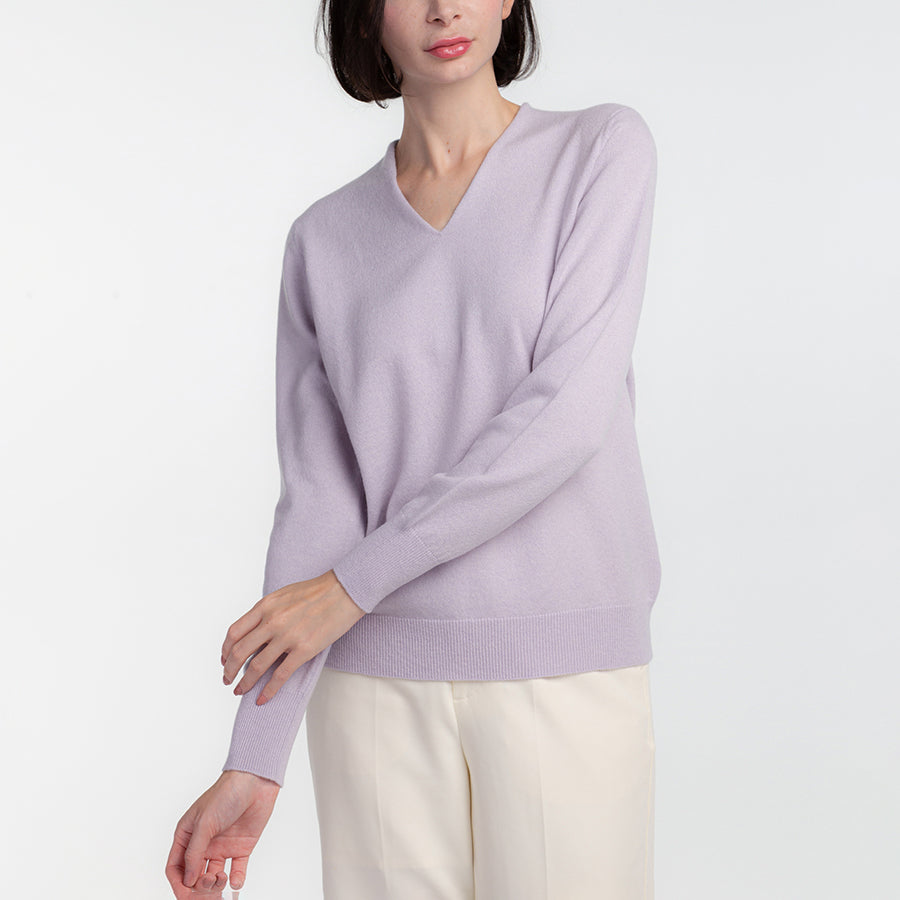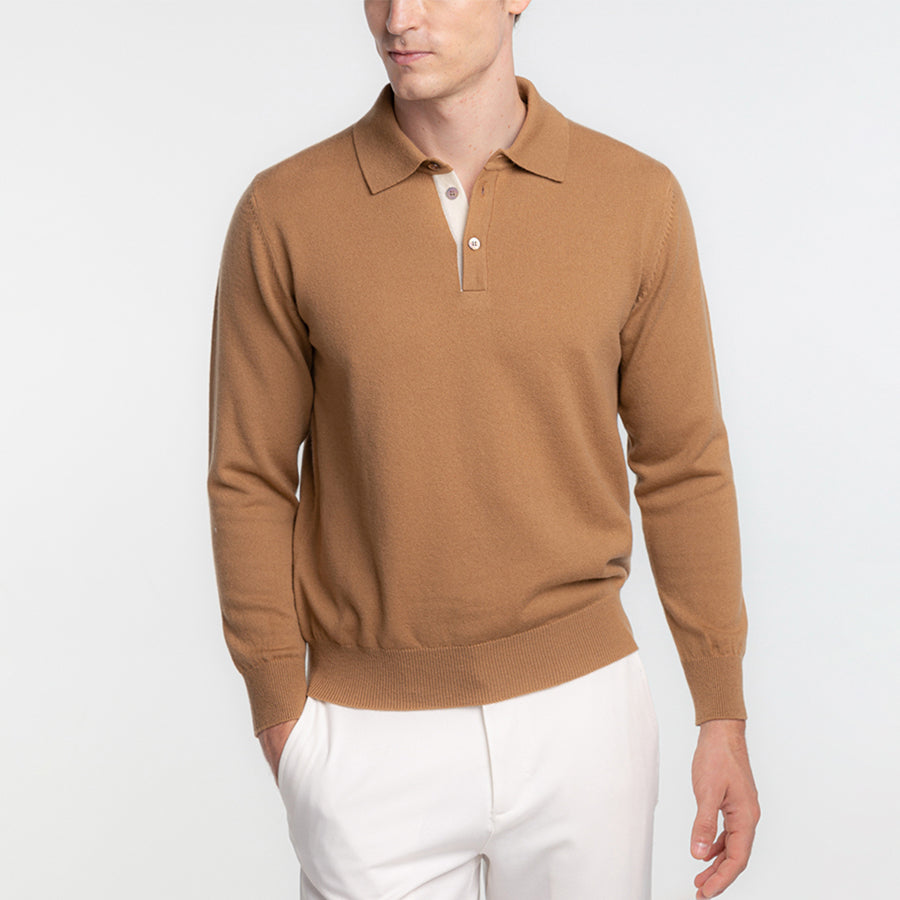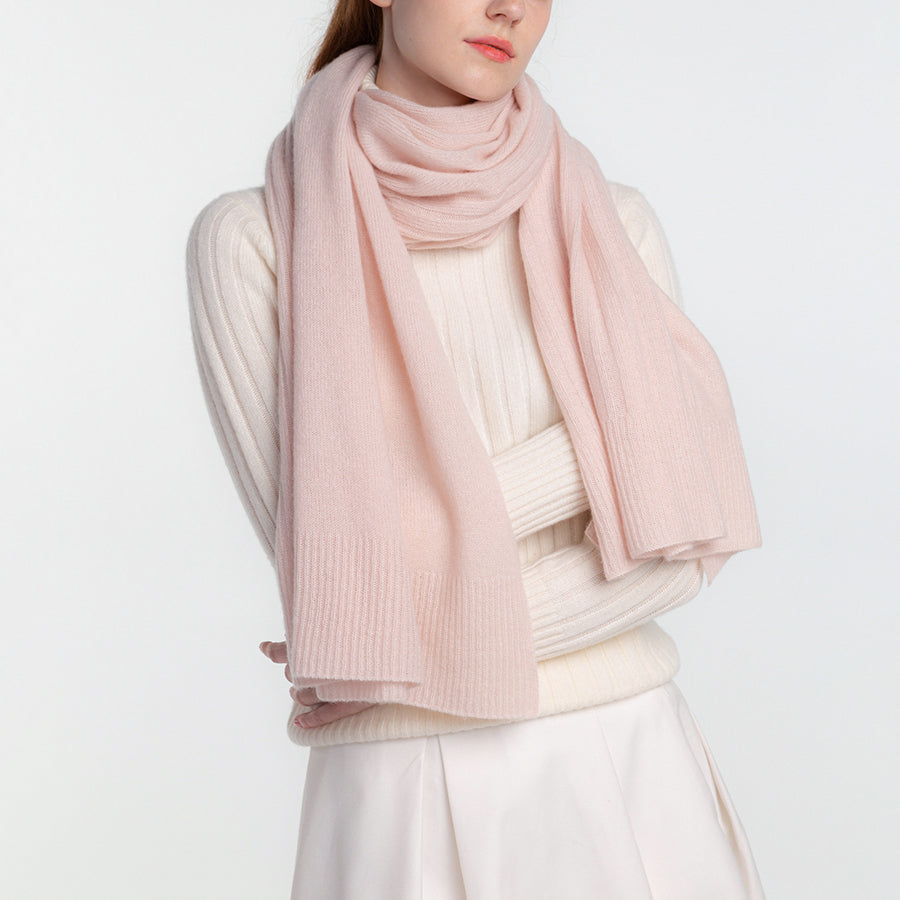Insect Control. Suspected culprits are me and beetle larvae

Insect Control.
Suspected culprits are moth and beetle larvae
Every year, we receive requests to repair holes in our products, and nearly half of these are caused by insect bites. If a sweater has been damaged, it is highly likely that the wool coat or suit that came with it has also been damaged. It is only in such cases that the sweater is a favorite sweater or a memorable coat.
Most of the victims are defenseless people who say, "I never thought I would be eaten by insects," but please "think about" your precious cashmere and learn about insects that eat away at clothing and how to prevent it.
Moth larvae, the moth moth moth (iga) and the little moth (koiga), are the ones that make holes in clothes. The bark beetle and the bark beetle are members of the canary family.
Many of the moths gather at night in summer, but there are almost no moths among them.
They are not so common in nature, and they seem to get into carpets and fabrics as eggs or larvae. Since they live in places that have nothing to do with the natural world and are not affected by climate, etc., it is thought that they spread around the world during the Age of Exploration with the progress of logistics.

Beware: Hime-maru beetles
It seems that most of the culprits in clothing damage are hime-maru beetles. I call them "Hime-Maru.
Hime-maru-katsuobushi-bushi (Princess Round Bonito Beetle). The adult is a kind of so-called canabun (sheath-winged beetle). It is a small beetle (2-3 mm in length) that looks like a smaller ladybug, not a canabun as we generally call them.
The larvae of the Hime-maru are about 5 mm long, and they overwinter as larvae, so-called caterpillars, which cover their entire body with hair. As its name suggests, it is an omnivore that eats everything from dried food such as dried bonito flakes to insect specimens and stuffed specimens, not to mention clothing. Compared to the moth, the caterpillar eats at a slower rate, but it is still unclear what it feeds on in the wild and what its life cycle is like.
In spring, you may see many adult hime-maru beetles swarming around white flowers such as marguerites. I have actually seen them many times. Sometimes they are on flowers in the home garden. The adults feed on pollen from the flowers and other things. It is the larvae that eat clothing and dry goods, and the adults do not make holes in clothing.
Pleasant spring breeze, but be sure to close the windows properly!
Hime-maru is common in nature in Japan, so be careful. In spring, when the adult insects may be attracted to your clothes when you take a walk around flowers in bloom, so be careful when you enter your house.
Also, adult insects may be found perched on laundry or bedding that has been dried outside. Insects often fly to white flowers because their eyes can distinguish white from yellow, etc. White laundry is an easy target, so be especially careful. It is better to be careful when taking in the laundry, and to check and sweep it with your eyes. The spring breeze is pleasant, but since the Insects are also active, it is best to open the windows and close the screen door properly.
The detailed ecology of the hime-maru has not yet been fully elucidated.
It is said that 20 to 100 eggs are laid and hatch into larvae in one week to 10 days.
It seems that we have no choice but to watch out for them during this season, although it is troublesome.
I have heard from a spinning company that "the closer to the ground the lower the damage to the raw wool, the more damage there is, but the raw wool upstairs is not damaged at all. The one that I heard from a spinning company said, "It seems that the closer the ground is to the bottom, the more damage is done.
There are some flying flying pets, but there may be many that crawl on the ground and enter through gaps in the door. To prevent them, I think it is important to clean the floor and corners of the floor so that lint does not accumulate, and to make sure to place wool products on a table, not directly on the floor.

They say some things taste better and some things taste worse to insects.
It is important to watch out for insects, but it is also much more effective to take precautions against insects. In fact, you should always be insect-proofed.
At UTO, we usually place insect repellents on the sweaters on the shelves in the showroom. There are many woolen materials such as cashmere, sheep, angora, camel, alpaca, and moheya, but for some reason I have a feeling that the softest and most expensive ones are eaten first. Expensive cashmere seems to be the first to be eaten, so be sure to use insect repellents.
There are odorant and odorless insect repellents, but as I am not an expert, I do not know how effective they are, but I use odorless ones because they are easier to use without odor.
Insect repellents work from the top to the bottom
Insect repellents are basically heavier than air, so they are more effective when placed at the top of the garment.
It is said that eggs of moths do not hatch when exposed to steam. When knitwear is manufactured, it is exposed to steam several times during the manufacturing process, so I think that alone is quite effective. If you have a chance, I think it is a good idea to apply steam at home as well. (Please do so only to the extent that you apply steam to the hair. If you suppress the steam, the hair will fall asleep and the fluffy feeling will be lost.)
As a side note, it is said that naphthalene smell can be removed quickly by applying a hair dryer. When I went to a funeral, I smelled naphthalene everywhere, and in a strange way I felt sympathy for the people who had hurriedly pulled out their mourning clothes, but I am sure they did not know about the hair dryer. You all should try it when you are in a hurry.
Be careful: never use different insect repellents together.
The thing is that different insect repellents should never be put together. Some combinations can be harmful. For example, naphthalene and camphor can cause blotches when put together. It is more of a mystery why anyone would put camphor on top of naphthalene where there is naphthalene. Please read the instructions carefully.
Incidentally, the Tokyo office of UTO, a knit manufacturer, uses only the odorless type because it is only for products. At the factory, we use the odorant type for yarns, etc., and the odorless type for products.







